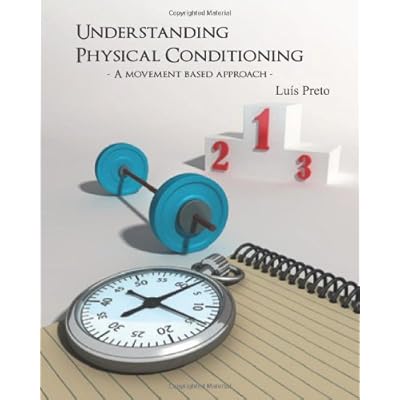After the few Cossack dancing patterns we presented in this previous post in the Dynamo blog, it's time to take a look at another method of training biomechanics, i.e. quality of movement, in Russian Martial Art and namely, stick or saber twirling.
Once again I would like to point out here that it is practically impossible to practice biomechanics and tactical skills in the same training drills. What you need to do is cultivate good quality of movement and the ability to generate power in non-tactical drills and then develop tactical awareness in another, totally different series of drills.And herein lies the ingeniousness of folk-style Russian Martial Art: the biomechanics were taken care off through a series of training methods with a high social and entertainment factor! By learning to dance, young men practiced powerful pelvic and hip rotation, both components of tremendous importance in power generation. Then, by practicing stick or saber twirling, core stability, coordination and relaxation of the arms was developed, resulting in pure ballistic movement. This means that, when the time came for youngsters to study actual fighting methods, their body would not presents constraints in the learning process.
Enough with the talking: this is a short video presenting only a few stick twirling patterns that you could try out. Now, I only used baseball bats in the video, because I had just moved back to Greece from Sweden and my stuff was in boxes in a storage facility, so I could not find where my sticks were! This means that you should first try the exercises with something lighter, say a pair of sticks made of oak.
How do you practice these drills? Well, make sure to have fun and don't go all OCD, counting reps, sets and rest intervals. You should literally fool around with the patterns and make sure that you can execute them slow and relaxed before you add speed and power, or else the momentum of the stick might rip apart your wrists or shoulders. Take it easy, and enjoy the process. You should expect a dramatic imporvement in your fist fighting skills after a few months of this type of training. PM me if you have any questions.
Train smart, train safe, be your own instructor,
Spyro




